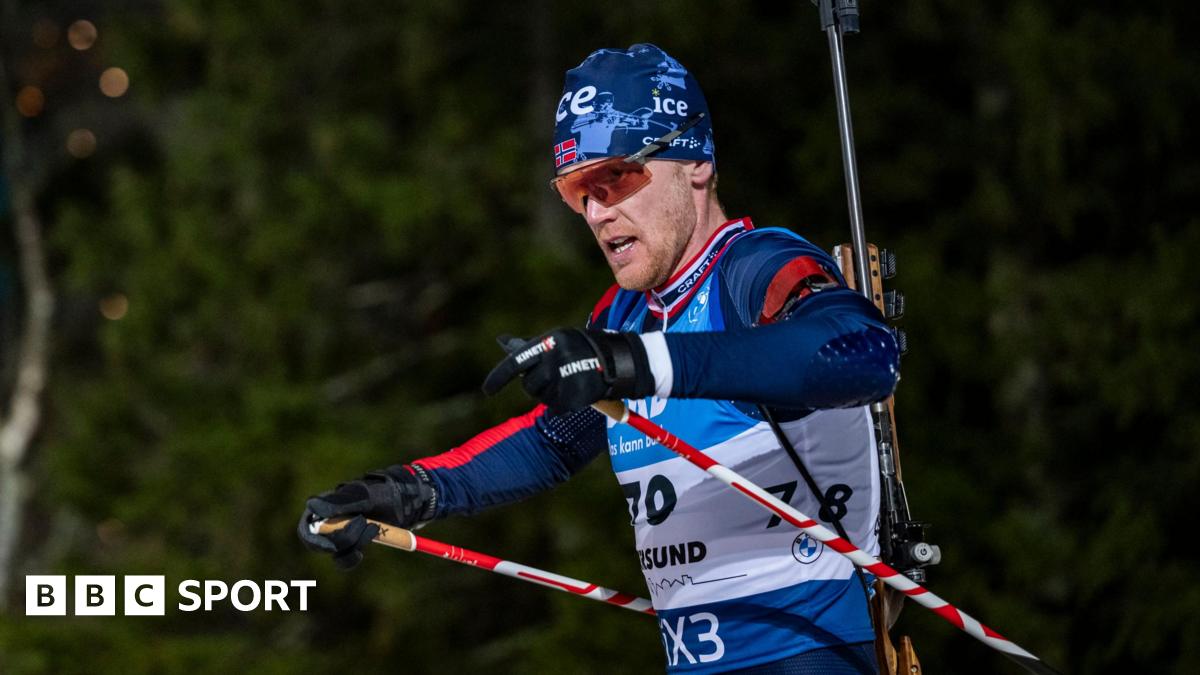Sivert Guttorm Bakken: Norwegian biathlete dies aged 27
Norwegian biathlete Sivert Guttorm Bakken, who had been hoping to compete at the Winter Olympics in February, has died aged 27.
Bakken returned to competition in 2024, having been kept out since 2022 with the heart condition myocarditis.
The president of the International Biathlon Union said his return to the sport had been “a source of immense joy”.
“Sivert’s comeback to biathlon after a period of great hardship was a source of immense joy for everyone in the biathlon family and an inspiring demonstration of his resilience and determination,” Olle Dahlin said.
“His passing at such a young age is impossible to comprehend but he will not be forgotten and he will forever remain in our hearts.”
Local media reported that Bakken was found dead in his hotel room in Lavaze, in the Italian Alps, where he had been attending a training camp.
